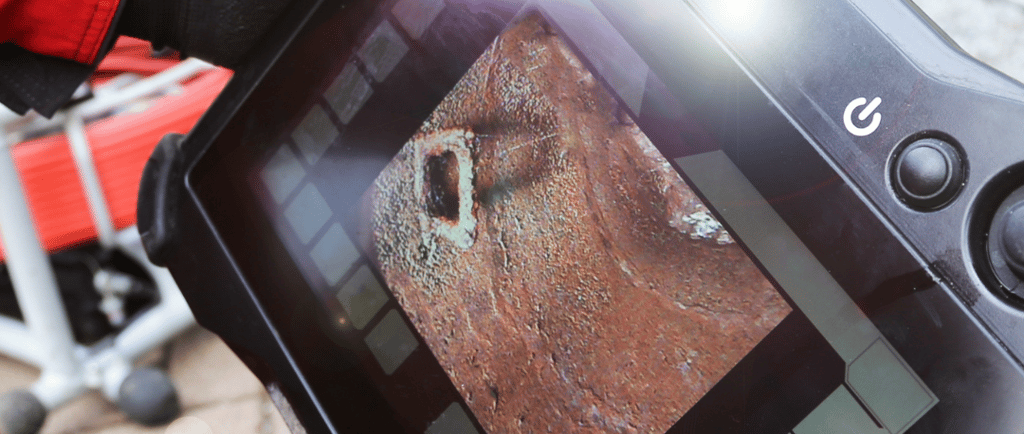The Top 10 Questions Home-Buyers Have About Sewer Scopes
Our latest post delves into sewer scope inspections, addressing the top 10 frequently asked questions to provide clarity and guidance. From understanding the inspection process to knowing when it's necessary and who typically pays, we cover it all. Discover the importance of this inspection in identifying potential issues like blockages, leaks, or damage before buying a property. Whether you're a prospective buyer or navigating real estate transactions, our concise guide equips you with the knowledge to make informed decisions and avoid costly surprises. Dive into clarity with our comprehensive FAQ!


These FAQs provide essential information about sewer scope inspections, helping buyers understand the importance of assessing and maintaining the sewer lines of potential properties.
What is a sewer scope inspection?
A sewer scope inspection is a visual assessment of the condition of a property's sewer line using a specialized camera to identify any issues or defects.
Why is a sewer scope inspection necessary?
A sewer scope inspection is necessary to assess the condition of the sewer line, detect any blockages, leaks, or damage, and identify potential costly repairs before purchasing a property.
When should I consider a sewer scope inspection?
A sewer scope inspection is recommended when buying a property, especially for older homes or properties with trees nearby, as they are more prone to sewer line issues.
Who typically pays for the sewer scope inspection?
In real estate transactions, the buyer usually pays for the sewer scope inspection as part of their due diligence process.
What does a sewer scope inspection involve?
A sewer scope inspection involves inserting a flexible camera into the sewer line to visually inspect its condition, identify any blockages, root intrusions, cracks, or other defects.
How long does a sewer scope inspection take?
The duration of a sewer scope inspection can vary depending on the length and condition of the sewer line, but it typically takes around one hour to complete.
Can a sewer scope inspection uncover all issues with the sewer line?
While a sewer scope inspection is a valuable diagnostic tool, it may not uncover every potential issue, especially if the problem is located beyond the reach of the camera or if the line is obstructed.
What happens if the sewer scope inspection reveals issues?
If the sewer scope inspection uncovers issues such as blockages or damage, the buyer may negotiate repairs or replacements with the seller before finalizing the sale.
Are there any limitations to what a sewer scope inspection can uncover?
Yes, a sewer scope inspection may have limitations in detecting certain types of issues, such as leaks in joints or cracks that are not visible on camera.
Is a sewer scope inspection necessary for all properties?
While not mandatory, a sewer scope inspection is highly recommended, especially for older properties or those with a history of sewer line issues, to avoid potentially costly repairs or replacements down the line.